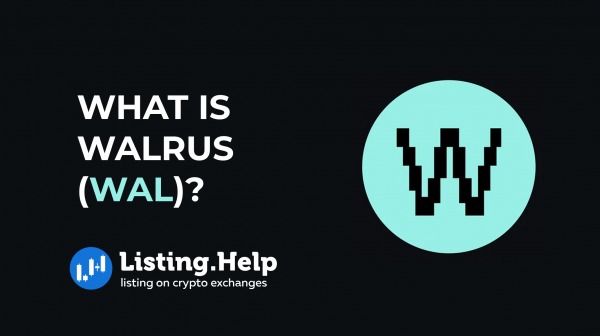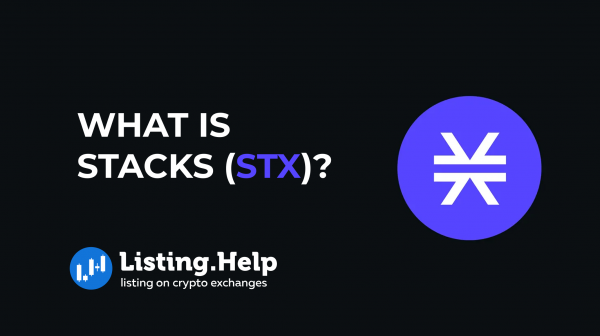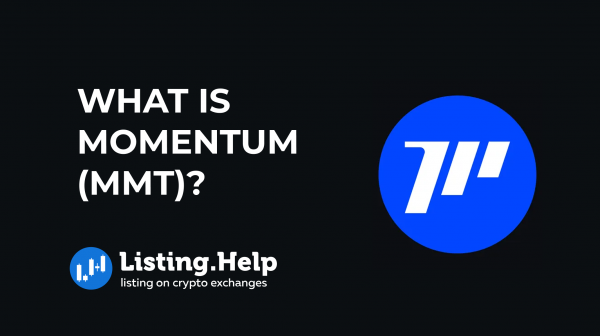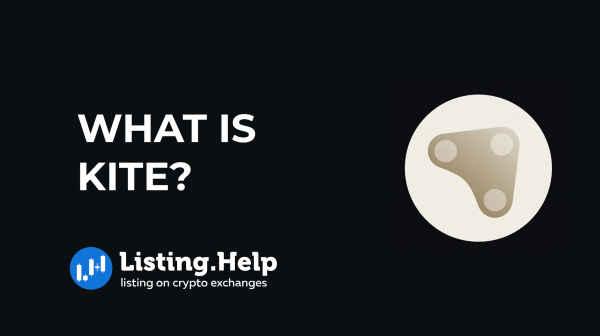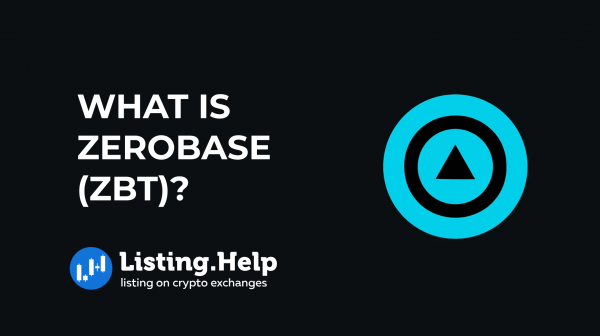Supercharging Web3: Multichains and L2 Solutions
 June 21, 2023
June 21, 2023 Updated: January 27 2025, 07:28
Updated: January 27 2025, 07:28
LEAVE A REQUEST
Launching your own token project? Our experts are ready to help with listing on exchanges, market making, marketing and other solutions
SUBMIT APPLICATIONWeb3 is the vision for a new decentralized internet. While a better approach than Web2, Web3 faces challenges in scalability, interoperability, development, and accessibility.
But now, with the development of multichains and Layer 2 (L2) solutions, the decentralized web is poised to overcome these issues and open up new possibilities for innovation, user experiences, and mass adoption. In this feature article, I want to delve into the emerging trends and developments in the world of multichains and L2 solutions and examine their impact on the future of Web3.
Multichains: A Step Away from Monolithic & Towards Modular Blockchains
The early days of Web3 were all about blockchain maxis but monolithic blockchains restrict users to their ecosystems.
Today, it’s clear that the future of Web3 is multichain. There’s no ‘winner takes all’ attitude anymore, as new blockchains are being introduced with unique benefits for both developers and users.
This multichain future features two dominant trends. The proliferation of smart contract blockchains is the primary one. With its launch in 2015, Ethereum pioneered the introduction of smart contracts, an advanced functionality that wasn’t available on Bitcoin, the first blockchain. Then Ethereum integrated a virtual machine (VM) to interpret smart contracts, which paved the way for dApps and ushered in a new era for web3.
However, Ethereum isn’t infallible and suffers from frequent spikes in transaction fees, long processing times, and more issues. To solve these limitations, several blockchains have been launched which are explicitly designed to offer faster and cheaper networks.
Multichain solutions overcome the limitations of single-chain architectures and offer scalability, improved transaction throughput, and enhanced network security while fostering collaboration among disparate blockchain networks…
Read the continuation of this article in our article on Hackernoon…




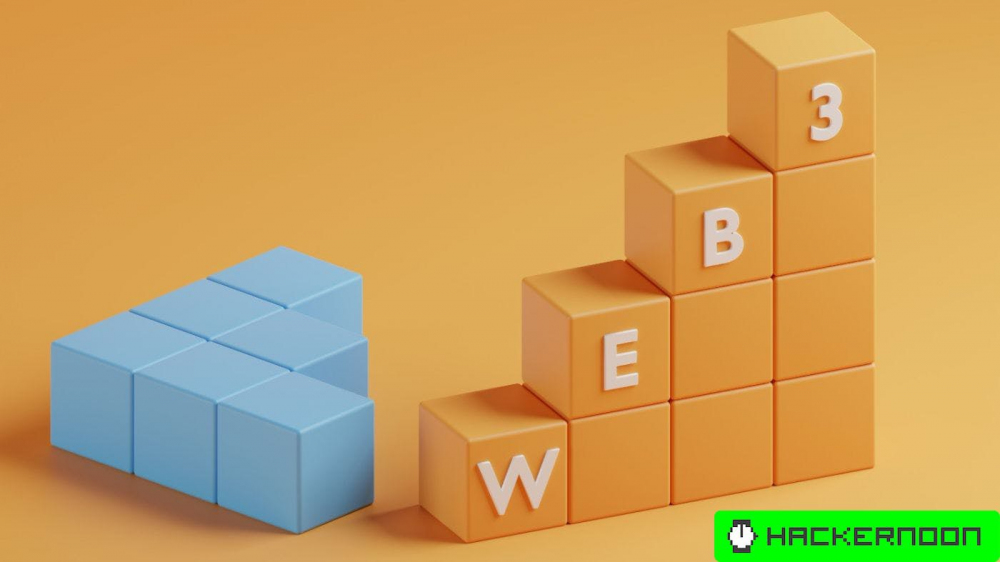


 December 29, 2025
December 29, 2025 
